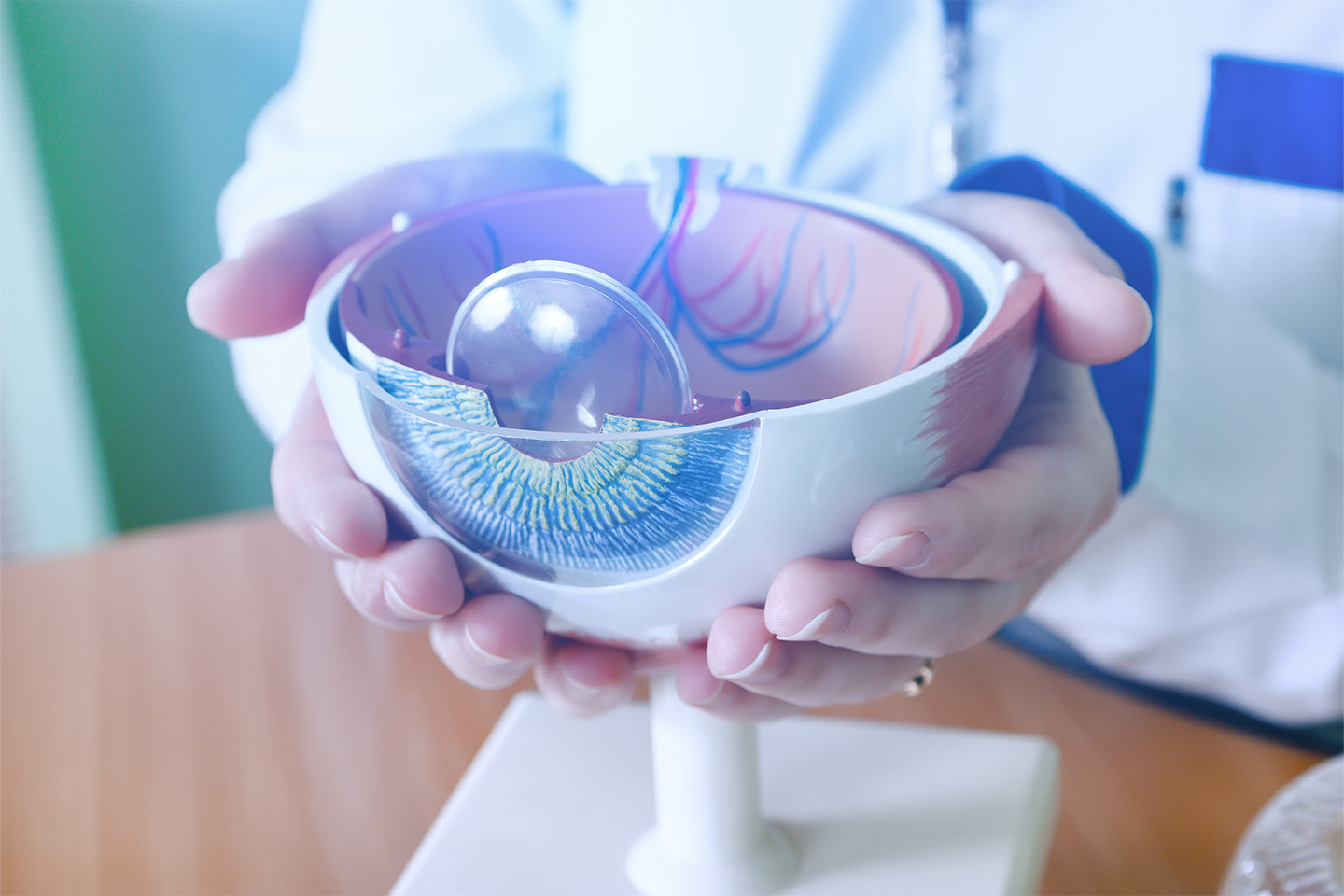Do You Believe These 6 Myths About LASIK?

LASIK is a popular, painless, vision correction surgery that has been studied and performed for decades. But patients often have misconceptions about how painful or risky the procedure is.
Though LASIK is the world’s most popular elective procedure, many patients harbor misconceptions that prevent them from exploring their options. To help those considering LASIK, we’re debunking six popular LASIK myths that might be giving you pause.
Myth #1: LASIK is painful
Thanks to the use of today’s sophisticated lasers, LASIK is a virtually painless procedure. Patients may feel some pressure on the eye, but your eye surgeon will administer numbing drops that will eliminate pain.
Following the procedure, patients may experience some discomfort, itchiness and slightly blurry vision, but these effects tend to be mild and short-lived. Most patients report very little pain or discomfort after LASIK and experience full recovery within 2-3 months.
Myth #2 We don’t know long-term complications of LASIK
LASIK was first approved by the FDA in 1995, so doctors and researchers have nearly 25 years of data on the procedure and its effects. In short, the data show that the vast majority of patients who undergo LASIK surgery are at no risk for long-term complications.
All surgeries involve some degree of risk, but LASIK is considered to be one of the least risky, and there’s a less than one percent chance that the surgery will result in adverse complications. Likewise, the risk of infection is minimal, and your doctor will prescribe antibiotic eye drops to avoid any risk of infection. Some patients experience glare or dry eye following the surgery, but those side effects typically go away within three to six months, and the long-term outcome is typically complete recovery.
Myth #3 LASIK is dangerous
After many millions of surgeries over nearly a quarter of a century, no one has ever gone blind as a direct result of LASIK surgery. LASIK only affects the cornea or front surface of the eye, so the risk of damaging the retina, optic nerve, and more sensitive parts of the eye is incredibly low.
Myth# 4 LASIK will always give patients 20/20 vision
Unfortunately, LASIK does not guarantee 20/20 vision. Patients requiring only a small degree of correction can expect to have vision close to 20/20, but there’s always some risk of over- or under correction depending on heal time and the severity of the initial condition. If the first procedure doesn’t achieve full correction, additional LASIK procedures can usually be performed to further shape the cornea and achieve optimal results. In instances where retreatment isn’t possible, the patient may use contact lenses or glasses.
Myth #5: LASIK can only correct nearsightedness.
LASIK is equally effective for all patients suffering from common refractive errors (nearsightedness, farsightedness, and astigmatism). The procedure works by reshaping the cornea in order to more effectively focus light onto the retina.
Corrective surgeries for farsightedness will aim to steepen the cornea, while for nearsightedness, the goal will be to flatten it. Astigmatism results from an irregularly-shaped cornea, so corrective procedures will seek to shape the cornea into a smoother, more regular form.
Myth #6: It doesn’t matter which surgeon you use.
Though LASIK is quick — usually less than 10 minutes per eye — and relatively low-risk, patients should still take care to choose an experienced surgeon with the right knowledge and skill for their eye conditions.
At Kleiman Evangelista Eye Centers, we’re committed to providing you with high-quality vision care. If you’re interested in exploring vision correction, schedule a consultation with one of our expert surgeons online, or give us a call at 1-800-714-2020.
Turn To The Top Eye Doctors In Texas
Check out one of our locations below for the best eye care near you:
[DISPLAY_ULTIMATE_SOCIAL_ICONS]








